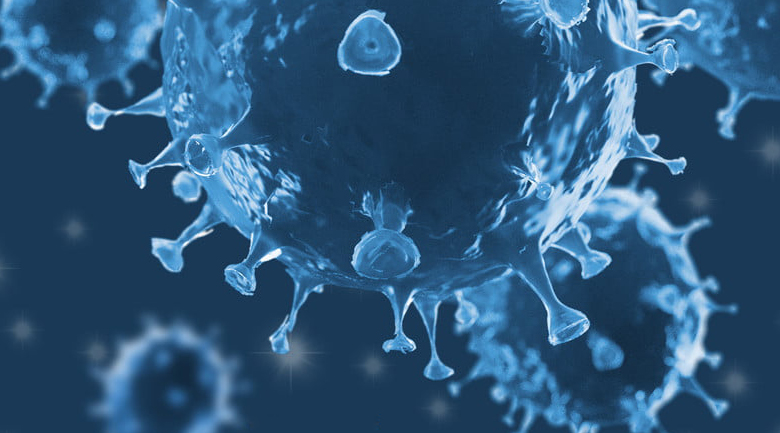
Researchers have developed a silicon surface covered in nanosized spikes that is 96% effective in impaling and destroying a common virus responsible for causing respiratory illnesses, particularly in infants and young children.
Yearly, seasonal outbreaks of HPIV-3 infections are common, with the virus spread via airborne transmission or direct and indirect contact with contaminated surfaces.
Now, researchers from the Universitat Rovira i Virgili in Spain and Australia’s RMIT University have collaborated to develop a spiked silicon surface with impressive virus-killing properties.
Inspired by dragonfly wings, RMIT researchers have already demonstrated the efficacy of using a nanoscale spiked ‘mechano-biocidal’ surface made of titanium to impale and kill antibiotic-resistant superbugs.
To create their sharp surface, they used plasma reactive ion etching, a process that uses chemically reactive plasma to remove material deposited on wafers and enabled the researchers to fine-tune the nanospikes’ height and spacing.
The resulting surface is full of spikes 2 nm thick – 30,000 of them would fit in a human hair – and 290 nm high.
Surfaces incubated with HPIV-3 for one, three, and six hours were examined under scanning electron microscopy and showed that, after six hours on non-spiked silicon surfaces, the viral particles retained their usual shape.
The shape of HPIV-3 particles on the spiked surfaces was compromised; the sharp tips of the spikes penetrated and deformed them one and three hours after incubation.
At each time point, there was a significant decline in infectious viral particles on the nanospike silicon surface: a 74% drop at one hour, 85% at three hours, and, after six hours, a 96% drop.
The researchers foresee the technology being applied in labs and health centers where potentially dangerous biological materials are housed, making these environments safer for researchers, health workers and patients.
